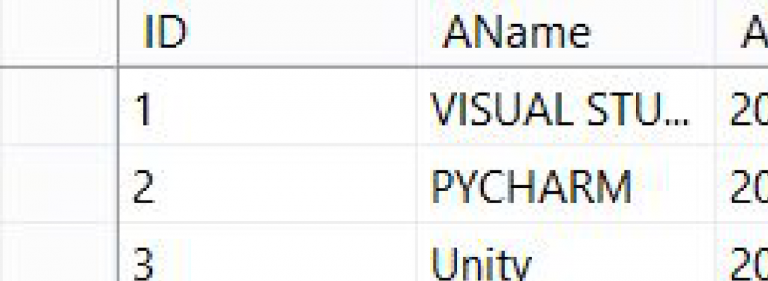
String path = join(databasesPath, 'demo.db') ĭatabase database = await openDatabase(path, version: 1, Var databasesPath = await getDatabasesPath()
#SQLITE TRANSACTION SELECT CODE#

Many applications use one database and would never need to close it (it will be closed when the application is There is a basic migration mechanism to handle schema changes during opening.
#SQLITE TRANSACTION SELECT ANDROID#
Obtained by getDatabasesPath(), which is the default database directory on Android and the documents directory on iOS/MacOS. If relative, this path is relative to the path Import sqflite.dart import 'package:sqflite/sqflite.dart' Ī SQLite database is a file in the file system identified by a path. In your flutter project add the dependency: dependencies:įor help getting started with Flutter, view the online

Use the same lambda object, towards any of the underlaying database types, and the correct specific syntaxįor your particular database vendor’s SQL syntax will be automatically generated. Notice - If you use any of the CRUD slots from above, the whole idea is that you can polymorphistically - Flushed cached schemas and connection pools.- Explicitly rolls back an open transaction.- Explicitly commits an open transaction.- Executes an aribitrary SQL statement.- Executes an arbitrary SQL statement, and returns the result as a scalar value to caller.- Executes an arbitrary SQL statement, and returns results of reader as lambda objects to caller.- Deletes a single record in the specified table.- Updates a single record in the specified table.- Reads multiple records from the specified table.

- Creates a single record in the specified table.Such allows you to declare your own SQL statements to be executed towards a SQLite database. In addition, it provides slots to open a SQLite database connection, and To its slots, which in turn will dynamically create a SQLite dialect SQL statement for you, for all basic This project allows you to provide a semantic lambda structure This is the SQLite data adapter for Magic.


 0 kommentar(er)
0 kommentar(er)
